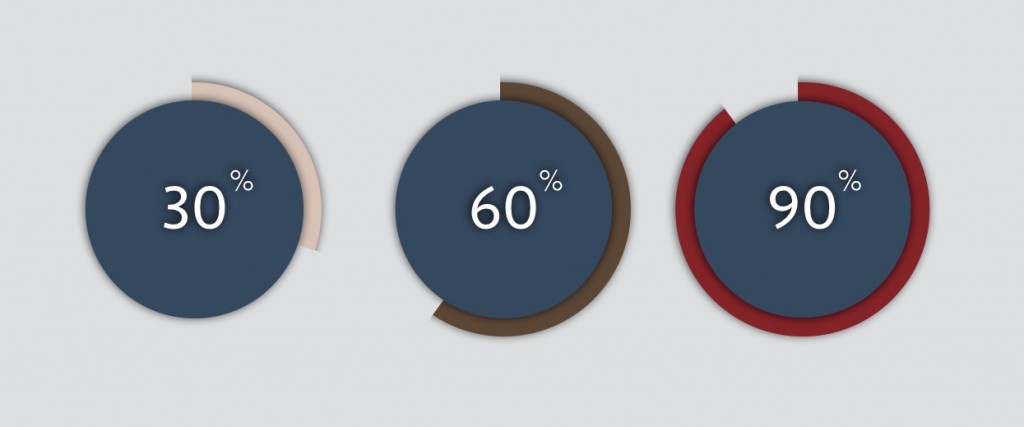Giving feedback is only part of the feedback process. We spend a great deal of time talking about how to provide, offer and give feedback but little on how to receive it. This post is about a strategy called ‘30% feedback’ that will help you, or your students, receive feedback more successfully.
“It takes two to tango” as the song goes and the dynamic of feedback is based on a relationship between two (or more) people. Providing feedback is one role, receiving the feedback the other and we can develop strategies to receive feedback as well as those related to offering it.
30% feedback is a strategy for the receiver of feedback. It is signalling to the giver of feedback your overall progress on what they are about to offer feedback on. Is it 30% complete or 90% complete? I first came across this technique from Jason Freedman’s blog post and realised how useful it would be for students seeking feedback from others. Jason explains that he learned it from a colleague at 42Floors:
It’s a trick I learned from our investor, Seth Lieberman. It came about because I once asked him for feedback on a product mockup, and he asked if I felt like I was ninety percent done or thirty percent done. If I was ninety percent done, he would try to correct me on every little detail possible because otherwise a typo might make it into production. But if I had told him I was only thirty percent done, he would gloss over the tiny mistakes, knowing that I would correct them later. He would engage in broader conversations about what the product should be.
In this particular case, I was indeed ninety percent done and so we debated a few details, I got my pat on the back, and I moved on.
As he was leaving, he said:
“Next time come to me when you’re only thirty percent done and I’ll give you thirty percent feedback.”
So a few months later on a different project, I came to him with some questions on a project that was still in its early stages and we wrestled with the direction together. I didn’t polish anything and he made sure not to critique things he knew I would fix later. It was really freeing. I knew I wasn’t putting my best foot forward and he didn’t care. He was able to help me shift course without the sunk cost of throwing away a ton of work. Really awesome.
Just imagine the time and energy saved if this progress signal was offered in feedback conversations we have had during our working lives.
For students it could be as simple as completing a little progress bar attached to their work some how. What percentage do you think you have completed? How much more do you think there is to do? Before you get feedback signal to the other person your progress bar and where you are up to. Talk about what early feedback might be like and how later feedback is different.
The progress bar could even have markers for when to seek feedback to help structure those opportunities. As I have shared before we need to help our students be open to feedback much earlier on in the making process. Whether that is writing, drawing or building, being open to early feedback takes a specific, deliberate mindset switched to ‘open’ and ‘growth’.
Another key to the success of this strategy is developing a shared understanding of what 30% feedback looks like, and 90% for that matter. We can develop our own understanding of these levels and increase our readiness to offer the most appropriate support. This responsibility also falls on the receiver and the additional signals they can offer to help guide us in improving what they are doing.
I thought I would develop a resource outlining more of these strategies which I will share soon, let me know if you think that would be useful.
Just remember feedback is a two way street. We may refine our protocols for giving feedback but there are many strategies we can implement to help us and our students receive feedback successfully.
The post How to make the most of 30% feedback appeared first on The Curious Creative.
from The Curious Creative
http://edte.ch/blog/2015/09/29/how-to-make-the-most-of-30-feedback/

No comments:
Post a Comment